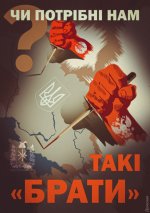Red_is_best
Well-known member
I had not heard of this before. Absolutely staggering and horrific to think history is repeating itself. The means may be different but the intent is the same. Shameful.

 www.history.com
www.history.com

History is alive
Find out more about the shows on Sky HISTORY's TV channel, with plenty to read and watch on your favourite historical topics.


